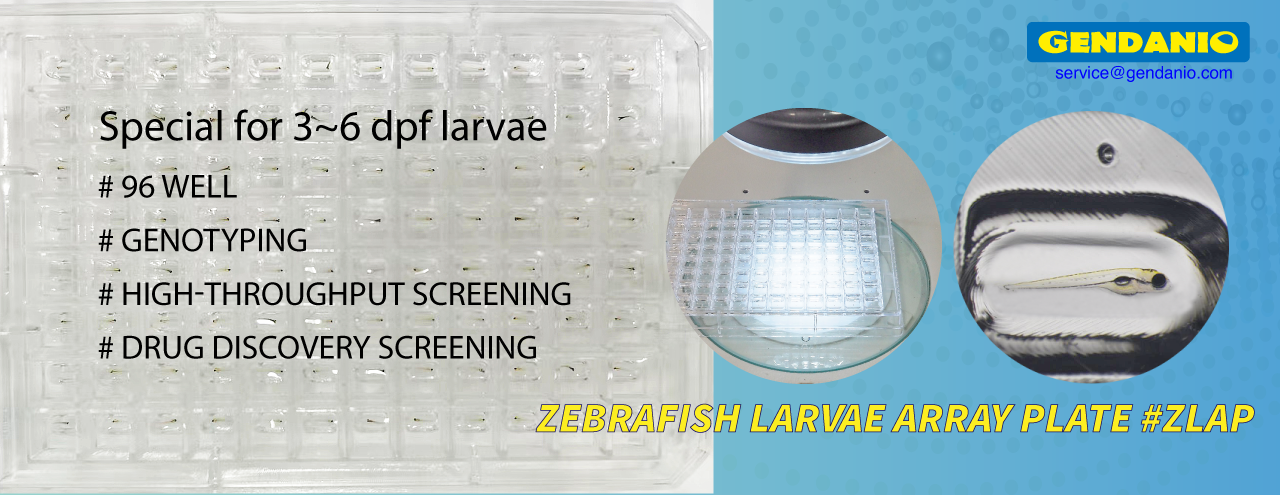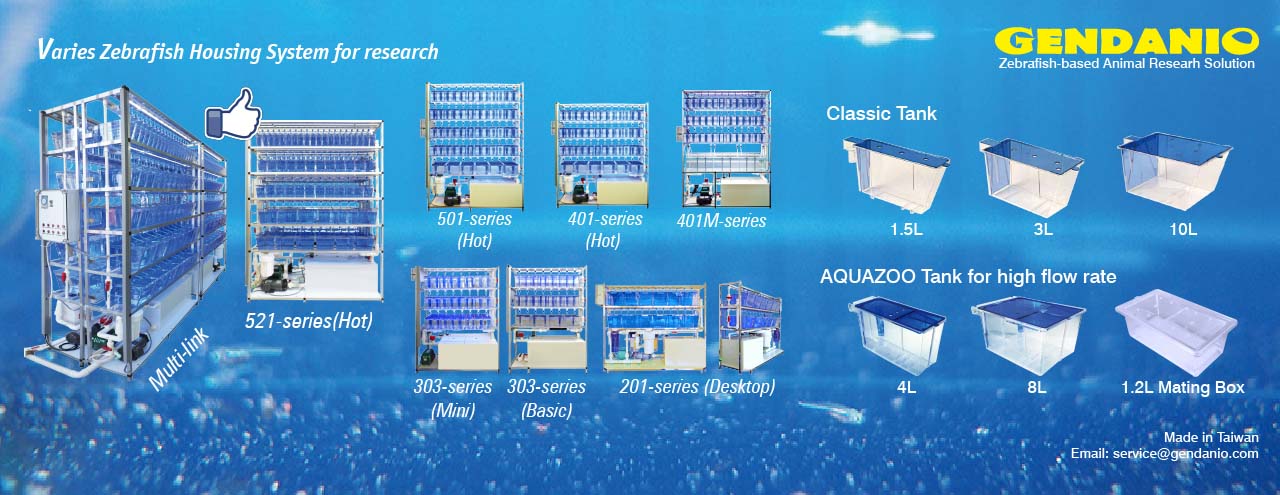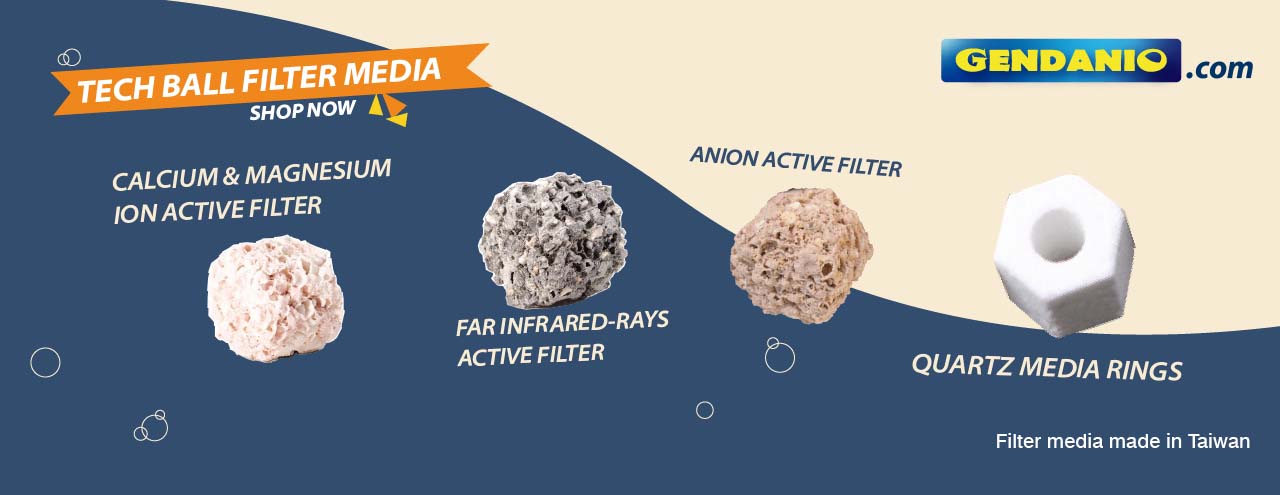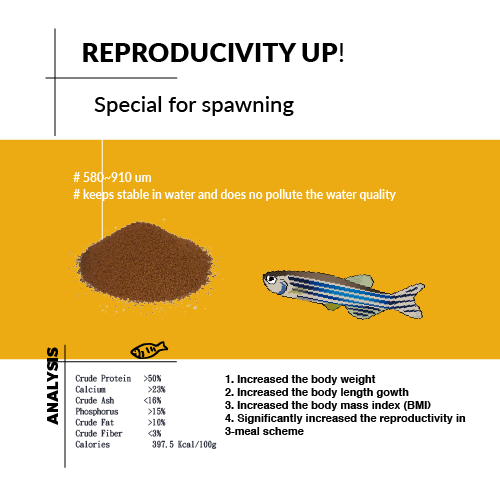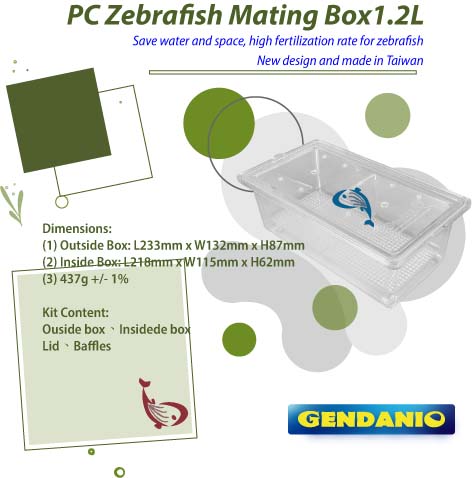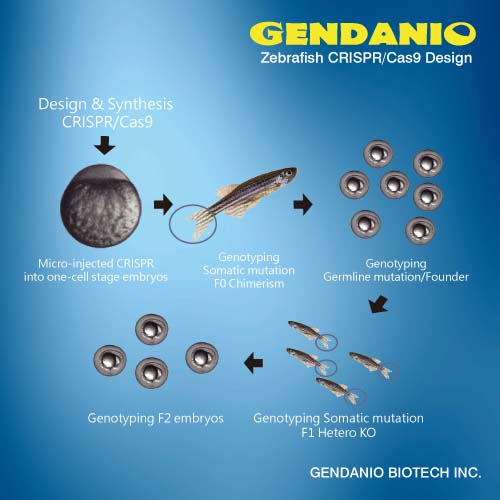Scavenger receptors are generally expressed in macrophages and vascular endothelial cells and some scavenger receptors are thought to contribute to the development of atherosclerosis.MethodsWe cloned the cDNA of a zebrafish CL-P1 (collectinplacenta1) and performed a knockdown study using its antisense morpholino oligonucleotides (MO). Zebrafish CL-P1 (zCL-P1) is 51% identical to human CL-P1 in its amino acid sequence. Microbes and OxLDL bound to zCL-P1 cDNA transfected cells. zCL-P1 mRNA expression gradually increased after 6 hours post-fertilization (hpf), reached its highest level at 24 hpf, and then decreased, which is similar to the gene expression pattern of Tie-2. The knockdown of zCL-P1 led to an increase in the number of zebrafish embryos with severe morphological abnormalities such as short body lengths and defects in the dorsal aorta at 48 hpf. Simultaneous injection of both MO and synthetic zCL-P1 or zVEGF mRNA rescued the abnormal phenotype.ConclusionsIn vivoknockdown study shows that zCL-P1 is implicated in vasculogenesis and those of ourin vitrostudy support its role as a scavenger receptor.General SignificanceThese results suggest that zCL-P1 might be essential for vasculogenesis during the early embryonic phase in bone fish.We cloned zebrafish CL-P1 gene. Zebrafish CL-P1 is 51% identical to human CL-P1 in its amino acid sequence. The gene knockdown induced vascular malformation and developmental defect in zebrafish. The scavenger receptor might be involved in embryonic development in bone fish.
Soruce: ScienceDirect- Read More


